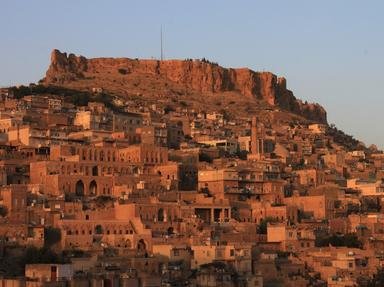Quiz Answer Key and Fun Facts
1. Which historian first used the concept of "Mesopotamia"?
2. When did the Sumerian tribes settle in the lands of south Mesopotamia, named Sumer?
3. Sargon was the creator of the first real empire in the Mesopotamian area. Which empire was it?
4. Which grandson of Sargon expanded his empire?
5. This king of Lagash in the period called the "Sumerian Renaissance" (centuries 21-20 B.C.) is famous from the numerous statues that represent him. Who was he?
6. Who was the founder of the Old Babylonian Kingdom?
7. Hammurabi is known for which of the following?
8. For almost four centuries, from 1000 B.C. to 612 B.C., Mesopotamia was under the hegemony of which state?
9. This neo-Babylonian king defeated the Assyrian Empire in conjunction with King of Media, Cyaxares, in 612 B.C., a few years later the assirian state being completly erased from history. Who is he?
10. This king was responsible for the "Babylonian captivity" of the Jews. Who was he?
11. What Persian King conquered Babylon in 539 B.C.?
12. Alexander the Great inflicted a decisive defeat over Darius III in Mesopotamia in 331 B.C. Where did that happen?
13. After the death of Alexander the Great, in 323 B.C., Mesopotamia was a part of which Hellenistic kingdom?
14. Which Roman Emperor created the first province under the name of Mesopotamia?
15. Which modern country encompasses approximatively the Ancient Mesopotamia?
Source: Author
FrancuDaniel
This quiz was reviewed by FunTrivia editor
bloomsby before going online.
Any errors found in FunTrivia content are routinely corrected through our feedback system.

